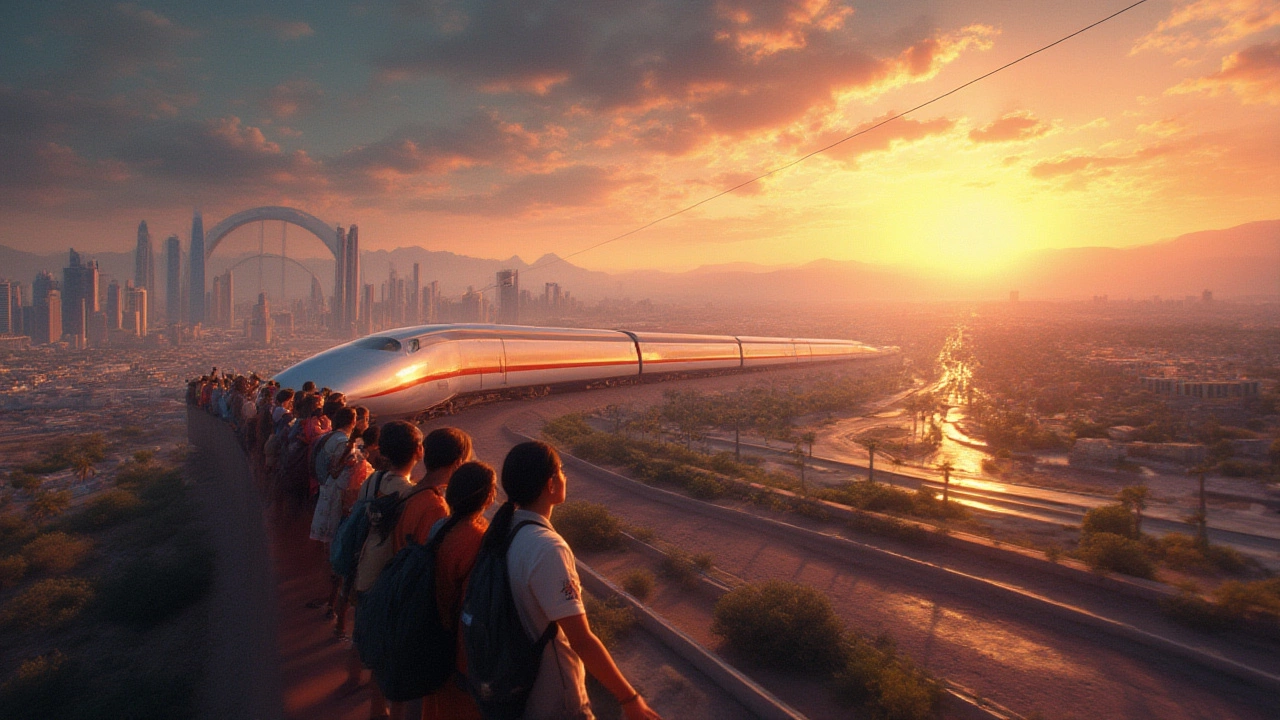Cross-Country Train Travel in India
When you think of cross-country train travel, a way to cover vast distances across India by rail, often over multiple days. Also known as long-distance train journeys, it’s one of the most authentic ways to experience India’s diversity—without flying. Unlike planes, trains let you watch villages blur into mountains, smell spices change with every state, and meet people who’ve never left their district. This isn’t just transport. It’s a slow-motion tour of India’s soul.
India’s Indian railways, the world’s largest rail network under single management, serving over 23 million passengers daily isn’t just about getting from A to B. It’s about the chaos, the chai, the midnight snacks sold by vendors on platforms, and the way strangers share their food when you’re out of water. Trains like the Rajdhani Express or the Vivek Express—running from Dibrugarh to Kanyakumari, over 4,200 kilometers—aren’t just routes. They’re moving timelines of India’s culture, economy, and daily life.
What makes cross-country train travel work? Planning. You don’t just show up and board. You need to know which classes are safe for solo travelers, how to book tickets ahead (especially during festivals), and which routes offer the best views. The Golden Triangle (Delhi-Agra-Jaipur) is popular, but the real magic lies in lesser-known paths: the Konkan Railway along the west coast, or the Nilgiri Mountain Railway winding through tea estates. Even the slowest local trains can become unforgettable if you’re open to the rhythm of the ride.
People ask: Is it safe? Yes, if you’re smart. Women’s compartments, prepaid meals, and carrying your own snacks reduce stress. Is it comfortable? Not always. But that’s part of the charm. You’ll share space with families, students, and vendors selling mangoes and pickles. You’ll learn to sleep sitting up, to read the signs on the platform without knowing the language, and to trust strangers who point you to the right coach.
And then there’s the cost. A 30-hour journey across India can cost less than a hotel night in a major city. That’s why backpackers, retirees, and even local workers rely on trains. It’s the great equalizer. A CEO and a farmer sit side by side, both waiting for the same station.
The posts below aren’t just tips or lists. They’re real stories from people who’ve taken these journeys—whether they were heading to Nagpur, the heart of India, or chasing beaches in Kerala by rail. You’ll find advice on safety, food, booking, and what to pack. You’ll see how train travel connects to temple visits, heritage sites, and even health tips for long trips. No fluff. No ads. Just what you need to know before you board.
